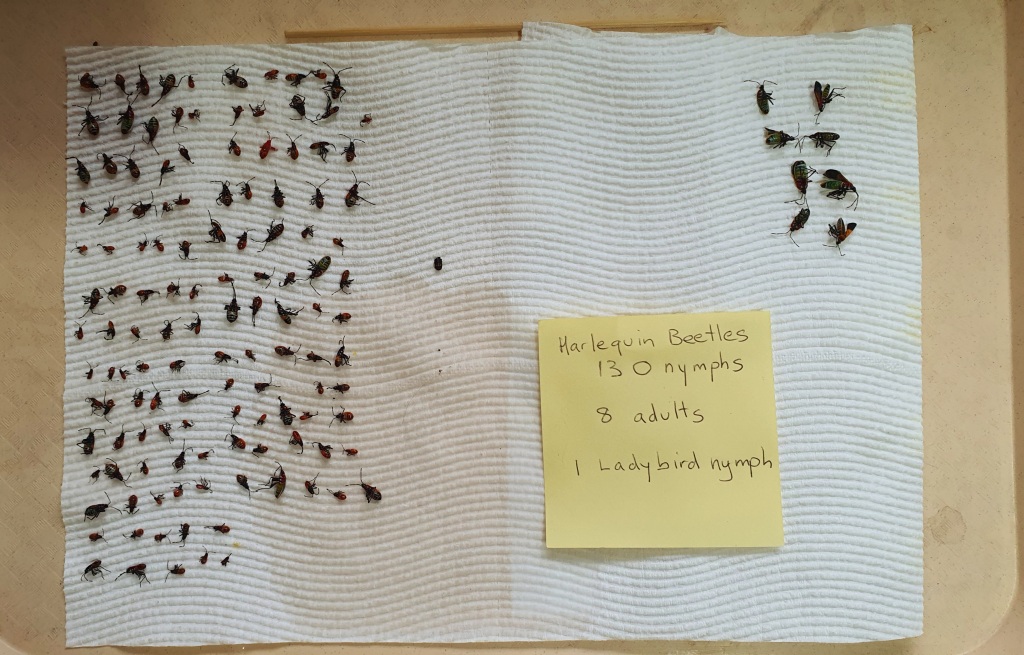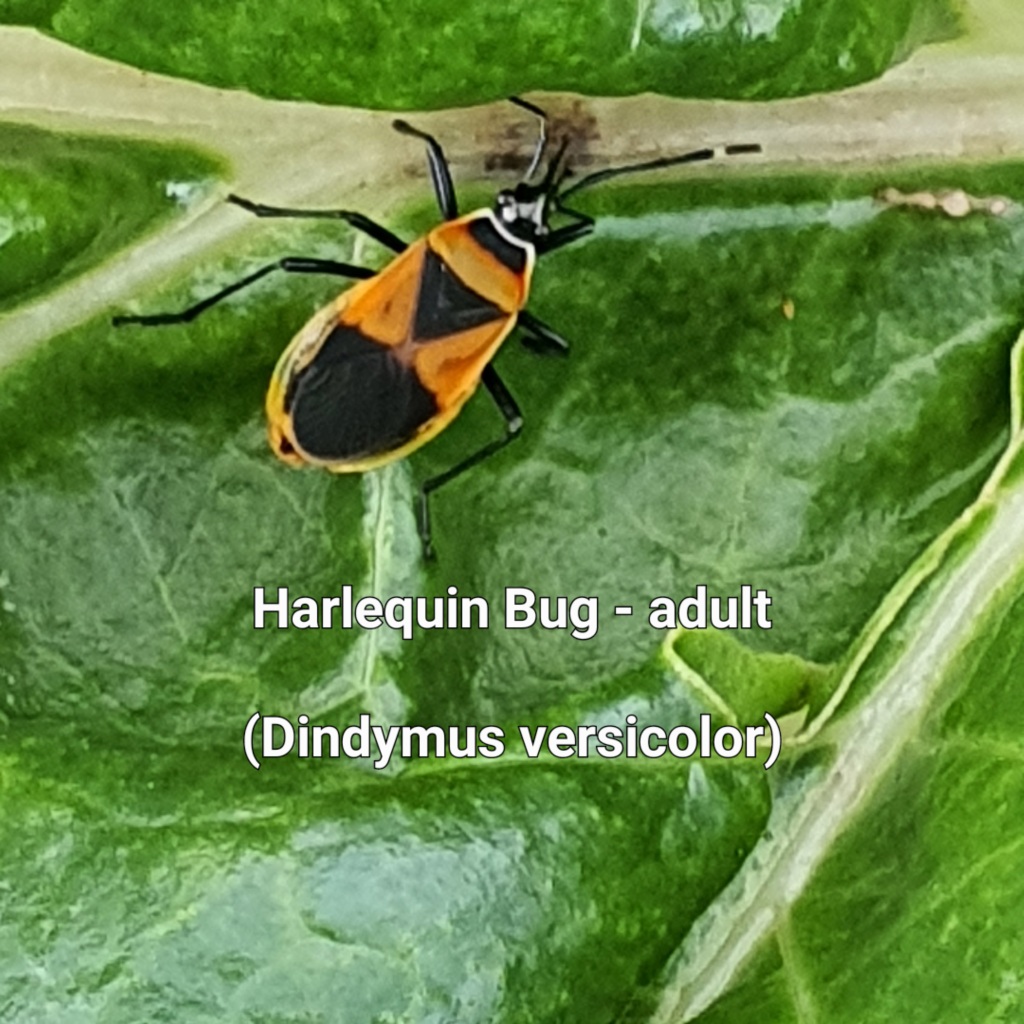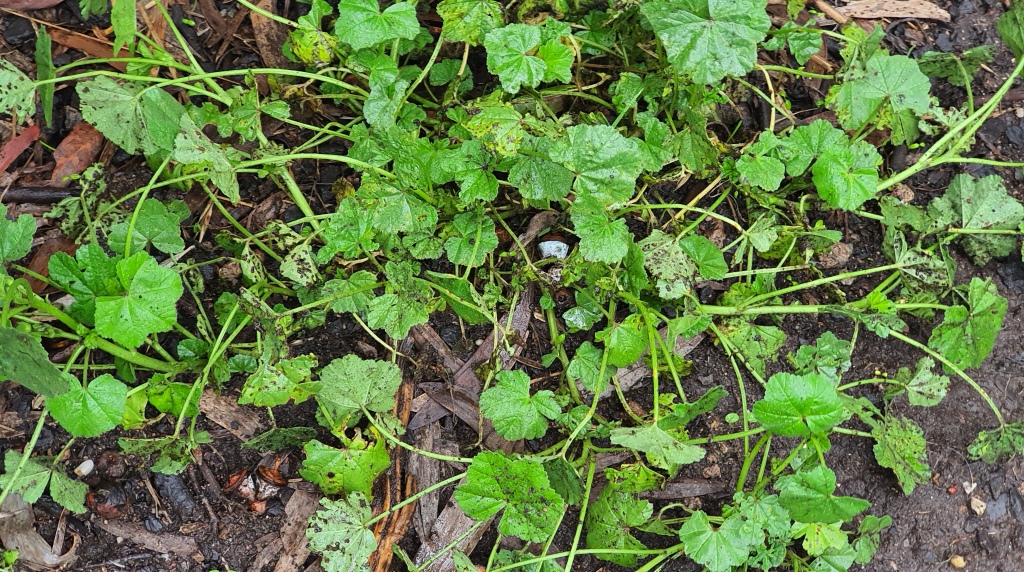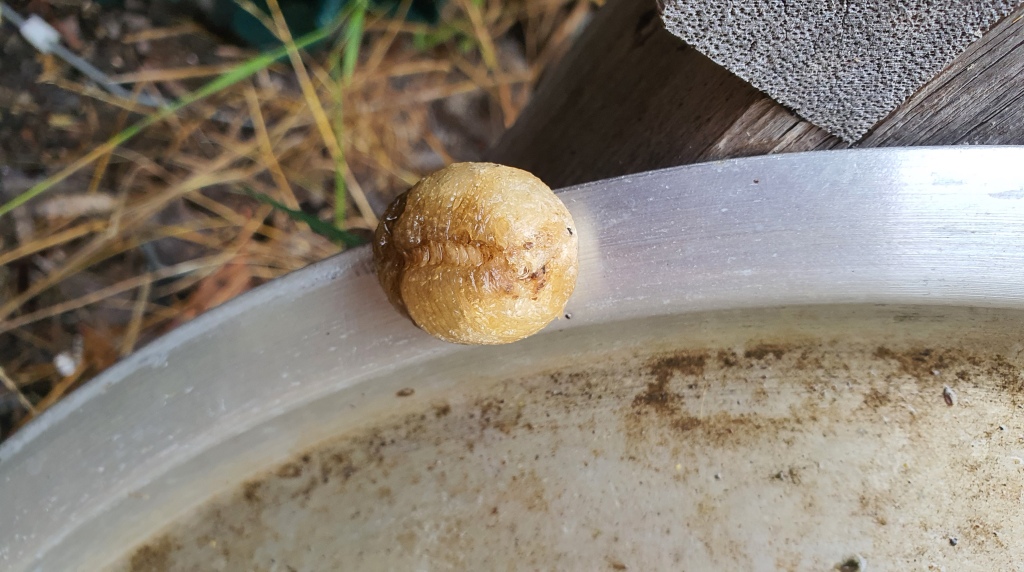The qualms began when I started to lay out the 138 Harlequin Bugs (Dindymus versicolor), a native Australian insect as I later discovered, on the paper towelling. I had successfully drowned them in a bucket of soapy water earlier in the morning* (see the update at the end of the post) and was curious to know exactly how many I had killed.

The general consensus is that they are a pest in the garden, I ‘knew’ this too. But, as I prodded the little bodies into rows for counting I started to ask myself what I really did know about them. Why were they there, what do they feed on (apart from my tomatoes) and what predator was I denying a meal to by killing them?


A number of these questions, were answered in part, in a very useful article written by Ben Courtice on his blog as the river runs by. It made me think about the mallow plants and several other species of plant that are a common food source, that grow in our garden. Maybe we need to be a bit more conscientious about removing those plants.

There are also suggestions that Harlequin bugs may be eaten by preying mantises – I’m glad I spotted a mantis egg capsule the other day. Unfortunately for us, I also read that Harlequin bugs like to overwinter under bark. Well, deciding to spread that 5 cubic metres of pine bark to suppress our un-wanted couch lawn is starting to look like not such a good decision!

Like so much in garden ecology (or any ecology), there is no one right answer, to doing anything. I read recently that finding a balance is not so much about weighing up one side or the other, rather it is a dance where balance is found in a series of movements between many positions.

I may not fully regret the days actions, apart from accidently killing a ladybird nymph – generally thought of as a ‘good’ predator in the garden, but in future I will do a bit more exploration before I blithely wipe out 139 souls.
*After writing this post I walked out to the kitchen and lo and behold, THE BUGS WERE UP AND WALKING AROUND! Turns out that the soapy water didn’t kill the nymphs, so perhaps next time I have to do as suggested and drown them in detergent. 🙃😬
